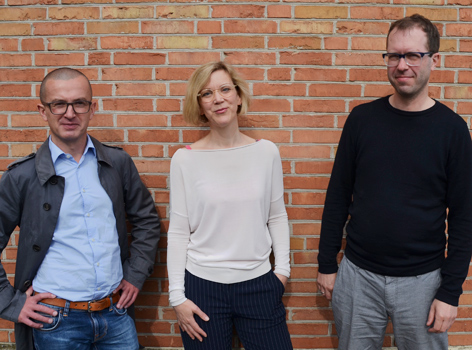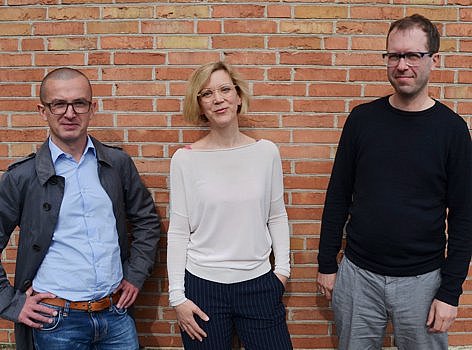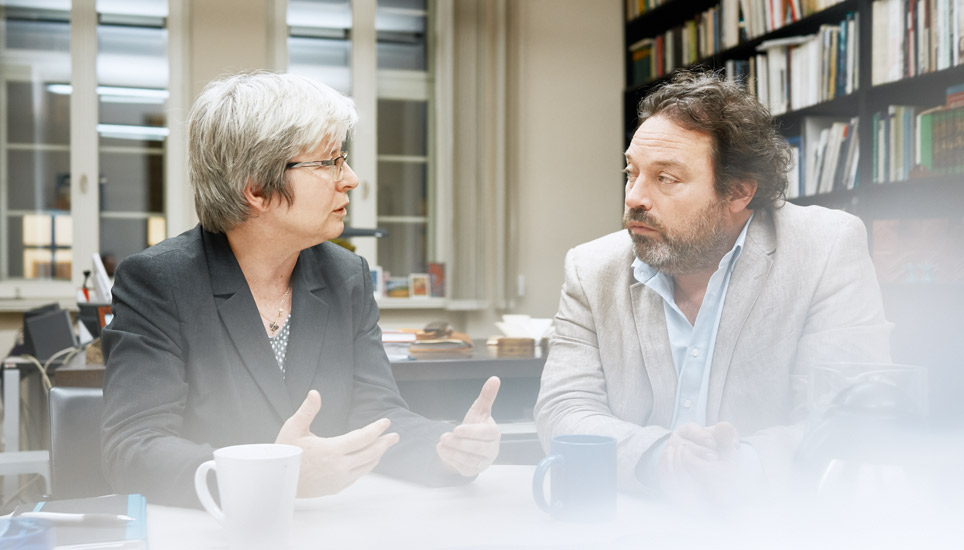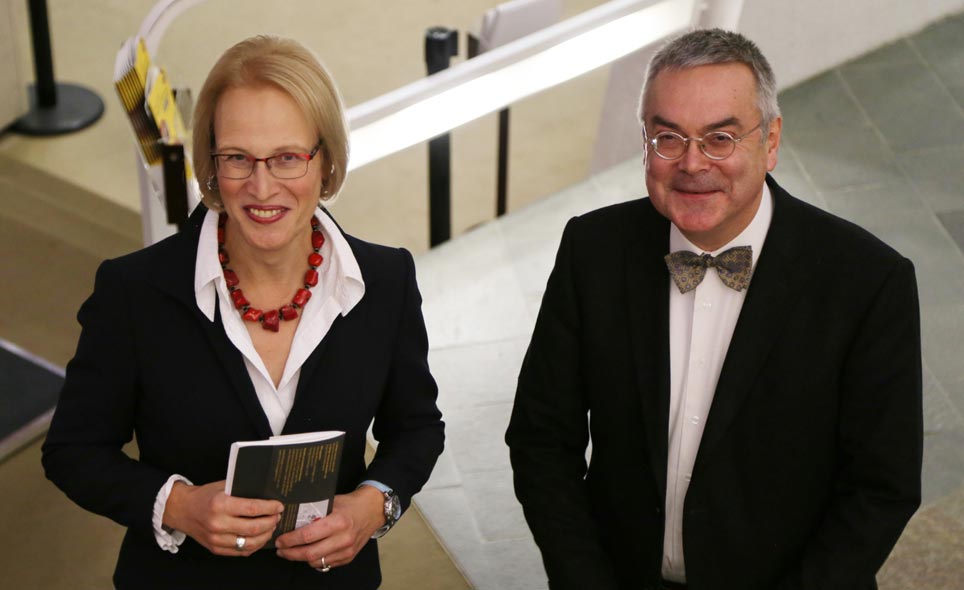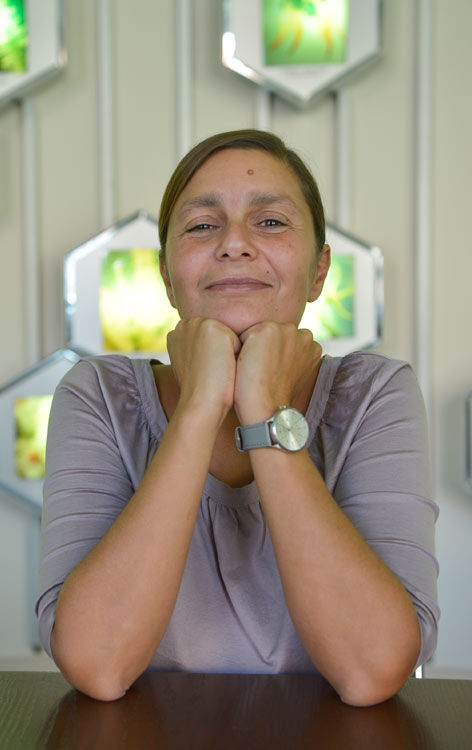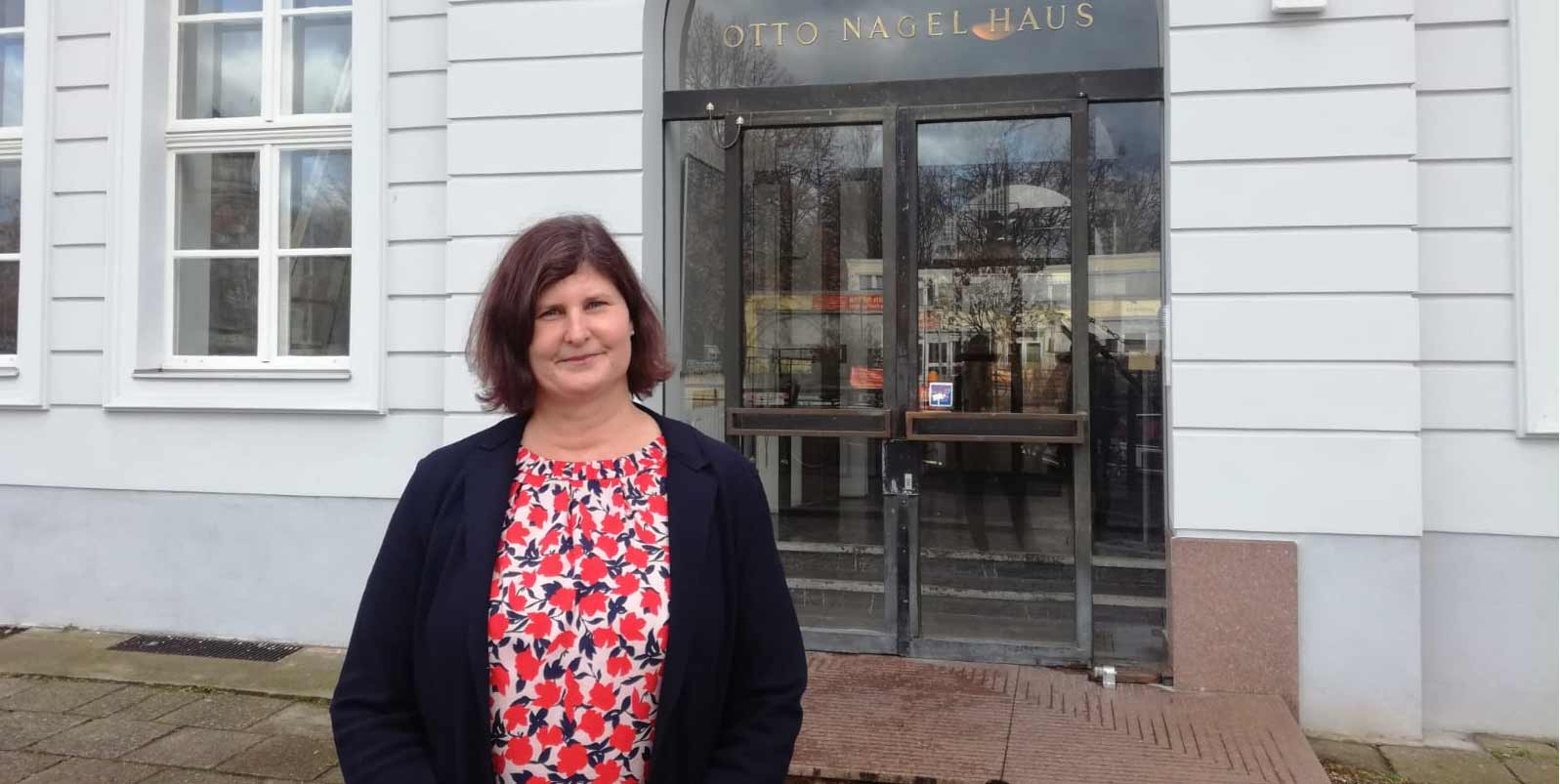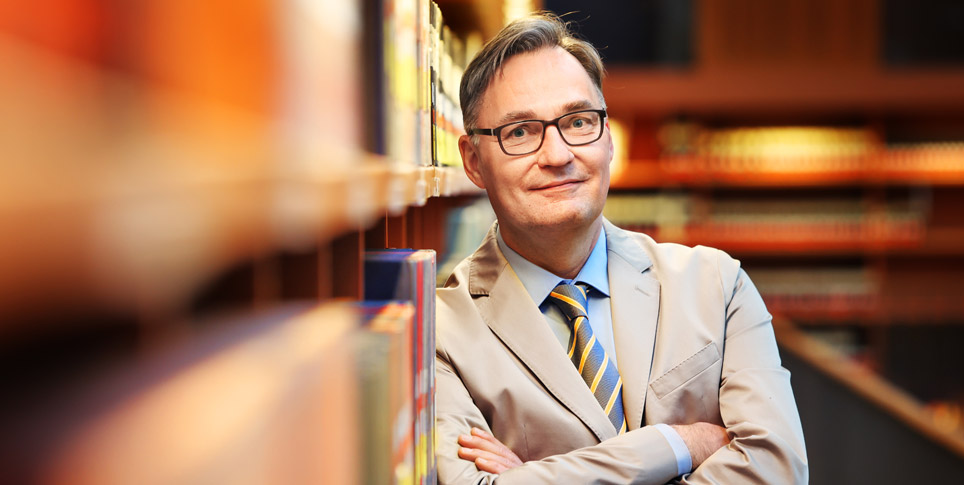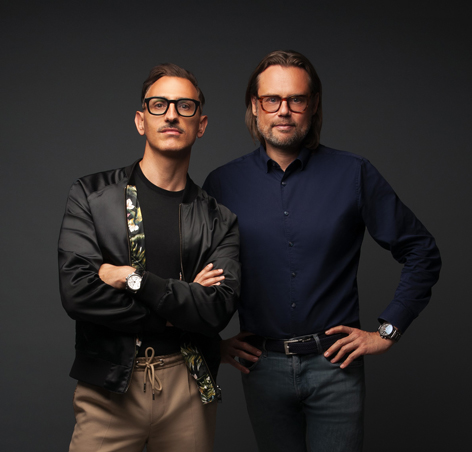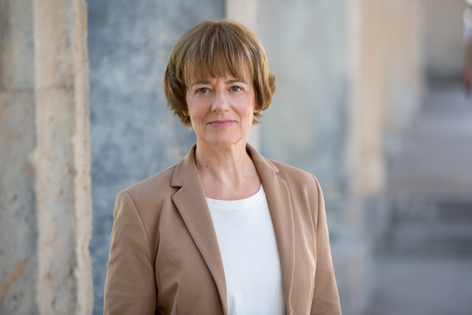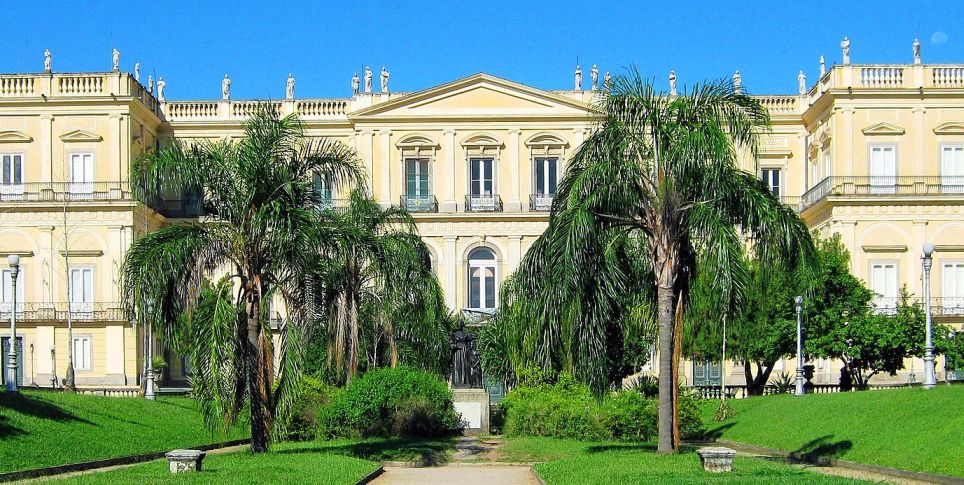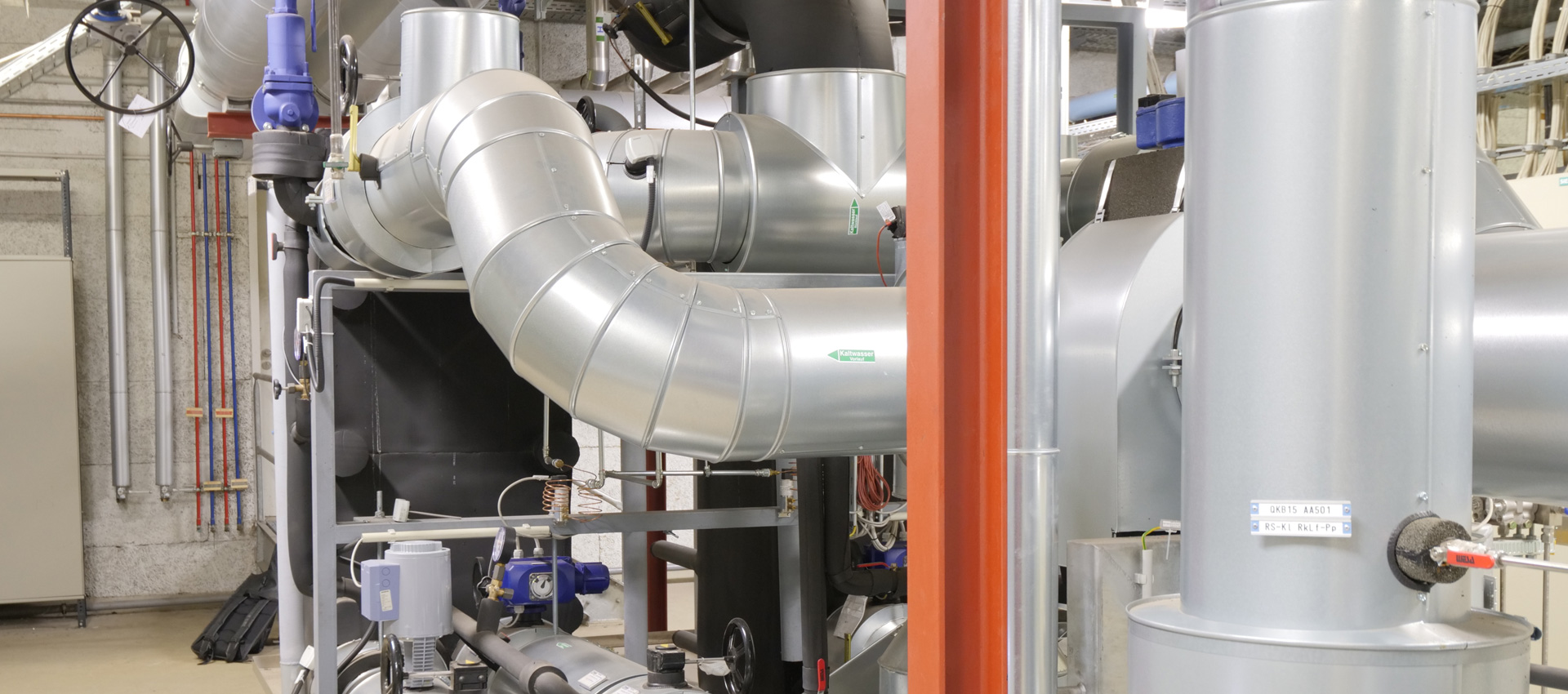Two SPK institutions came together to talk about typography – and the design scene in Berlin is beating a path to their doors. In an interview, Christina Thomson and Michael Lailach of the Kunstbibliothek of the Staatliche Museen zu Berlin, and Christian Mathieu of the Staatsbibliothek zu Berlin describe how the idea of creating a joint event series called Visuelle Systeme came about, what it means to combine their collections, and how well they complement each other.
How did the new event series come about?
Christian Mathieu: Since 2014, we have held an event series called Materialität von Schriftlichkeit – Bibliothek und Forschung im Dialog (Materiality of Writing – Library and Research in Dialog) at the interface of book studies and literary science. It was established together with members of Freie Universität, Humboldt-Universität zu Berlin, and the University of Potsdam. Since the subject of materiality is currently very much in fashion in the humanities and cultural sciences, the object-like qualities of artifacts that bear writing is also a major theme in literary studies as well. The series is a complete success and the lectures are always full. Over time, the series has also attracted more and more people from the Berlin design scene. No city has as many designers and typographers per capita as Berlin – an unbelievable reservoir of interested people. These designers don’t just work creatively, many of them think scientifically about their work. At this interface between science and practice, there is a great need for a suitable “resonance chamber” in which designers can present their work. This gave birth to our idea of organizing a series that focuses on visuality: the new series Visuelle Systeme – Interdisziplinäre Perspektiven auf Schrift und Typografie (Visual Systems – Interdisciplinary Perspectives on Writing and Typography). Now people are literally beating a path to our doors: every lecture leads to another one.

Christian Mathieu, Christina Thomson und Michael Lailach am Kulturforum © SPK / Jonas Dehn
Visual Systems is jointly organized by the Staatsbibliothek (State Library) and Kunstbibliothek (Art Library) of the Staatliche Museen zu Berlin (National Museums in Berlin). How did this collaboration come about?
CM: When we wanted to make the new series with the design scene, it was clear right away that we had to involve the Kunstbibliothek. The inventories of both institutions are complementary and supplement each other perfectly. When I reached out to the Kunstbibliothek, they were very open and that is how we started collaborating.
Does the Kunstbibliothek also have this much contact to the design scene?
Christina Thomson: We are one of the forums where the designers in Berlin and beyond meet regularly. Young illustrators and graphic designers come to us to exhibitions or to view the collections. There are also partnerships with universities in which the teachers come to us…
Michael Lailach: … and bring their students along. There is an interesting development in that area, too. I talked with students once who told me that they don’t need this analog world anymore because they find all of their design ideas online. We have to counteract this, of course.
CT: We are especially interested in what contemporary design can still do with the kind of materials that we collect here. That is particularly interesting in the digital era – and this is what our joint event series is all about.
What can designers find in the Staatsbibliothek and Kunstbibliothek? What is the point of contact?
CT: The “materiality of textuality” was the starting point of our new series and both of our institutions can underline the importance of the originals because the actual material, the feeling, the haptics are only visible and tangible there. Design happens at the interface of object and content – and that is exactly where we work. In our two libraries we can offer designers a treasure trove of objects, a huge collection of originals.
How are your collections different? Or do you collect the same thing?
ML: Actually it’s amazing that a state library and a small art library are together in one foundation, but both libraries have completely different mandates for collecting. The Staatsbibliothek zu Berlin, formerly the Königliche Bibliothek (Royal Library), is a so-called universal library – it collects everything. The Kunstbibliothek is much smaller, much younger, and much more civic. Together with the Kunstgewerbemuseum (Museum of Decorative Arts) we grew out of the Arts & Crafts movement and had the very specific job of collecting everything from the area of applied arts – later this was called applied graphics, and now it’s called graphic design or visual communication. Today, we are a library for art history and related disciplines only and have various special collections, for example, graphics or book art. Everything we collect in the Kunstbibliothek has a goal: Design has always been the issue – for the past 150 years.
CM: Compared to the extensive collection of the Kunstbibliothek in this area, we only have a small collection on art history, etc., in the Staatsbibliothek. But our extensive special collections give the Kunstbibliothek a deeper historical dimension. Here the SPK really shows that joint, concerted collecting over time and across boundaries has great potential and we supplement each other wonderfully.
